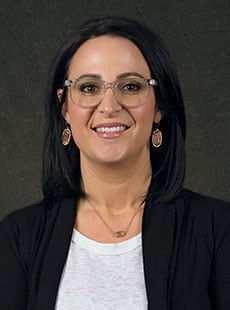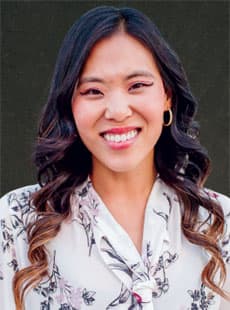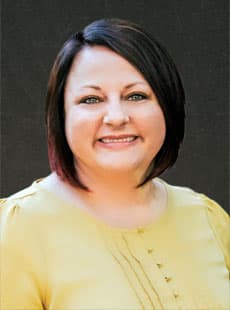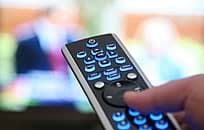 Course Introduction
Course Introduction
Core Standards of the Course
Strand 1
Effective communication-Students will understand that effective communication results in the receiver understanding the intended message.
Standard 1
Recognizing the purpose of a message
Standard 2
Understand and identify how the audience and situation affects style and tone.
-
Recognize when to use communication channels based on audience
-
How appearances (visual aides and dress for example) impact message
Standard 3
Barriers to effective communication
-
Identify barriers to communication.
- Organizational barriers: the hindrances in the flow of information among the employees that might result in a commercial failure of an organization.
- Physical barriers: an element or a physical factor that acts as a distraction to hinder the flow of communication
- Physiological barriers: the limitations of the human body and the human mind (memory, attention, and perception)
- Language barriers: Obstacles like the lack of knowledge of a specific language that obstructs communication.
- Cultural barriers: an issue arising from a misunderstanding of meaning, caused by cultural differences between sender and receiver.
- Psychological barriers: the influence of the psychological state of the communicators (sender and receiver) which creates an obstacle for effective communication.
- Technology barriers: any miscommunication caused by technology integration, slow internet, lack of training on technology or other technology based interferences.
-
Use bias-free language to develop responsible ways of thinking and acting. Bias-free language does not discriminate and therefore includes all audience members in a fair and friendly manner.
Performance Skills
Create a presentation on any subject that shows the following
Strand 2
Effective communication includes recognizing non-verbal cues, choosing the message, and recognizing barriers to communication. Students will identify and demonstrate effective non-verbal communication.
Standard 1
Nonverbal communication is the transfer of information through the use of body language including eye contact, facial expressions, gestures and more.
Performance Skills (choose one)
Demonstrate nonverbal communication. This includes the following:
-
Practice nonverbal forms of communication.
-
Demonstrate how altering non-verbal communication can change a message.
-
Give a specific example of a communication barrier in business
Strand 3
Communication Skills- Students will develop and practice effective spoken communication skills.
Spoken Communication- refers to the production of spoken language to send an intentional message to a listener, especially in contrast to using gestures or mannerisms (non-verbal communication).
Standard 1
Understand correct use of the following components/characteristics of spoken language
-
Pronunciation: how you say a word. This includes emphasizing different syllables, words, or phrases. Pronunciation can vary based on geography or tradition.
-
Enunciation: to pronounce a word clearly; articulating every syllable of the word
-
Tone: is the inflection, the rise and fall of the sound, such as ending a question in a higher pitch. Often conveys specific emotions to the listener. Can include volume.
-
Cadence: rhythmic flow of a sequence of sounds or words, including pauses.
Standard 2
Understand how to create an effective spoken presentation
-
Prepare thoroughly and plan your message
-
Consider your audience
-
Avoid reading your presentation
-
Dress appropriately
-
Introduce yourself and your topic
-
Speak clearly using projection to reach the back row
-
Have confidence, make eye contact and use your space
-
Be careful with filler words
-
Summarize and end strong
-
Be prepared to answer questions
Performance Skills
Practice and use oral communication skills. This includes the following:
Strand 4
Written Communication- Students will produce effective written communication documents.
Standard 1
Use digital tools to identify and correct common grammatical errors
-
Misspelled and misused words
-
Run on sentences or fragments
-
Proper capitalization (proper nouns, I, start of sentences)
-
Improper punctuation (when to use semicolons, colons, commas, and periods)
Standard 2
Use effective writing to produce emails appropriate to task, purpose, and audience.
-
Appropriate use of salutation and opening of an email
-
Use correct tone and professionalism (etiquette) for the audience and intended message
-
Appropriate use of complimentary close
-
Understand the use of e-mail attachments
-
Editing (read it through) before publishing/send
Standard 3
Know how to access and select the appropriate templates for document design
-
Explore available templates - in google, microsoft, or other web resources
-
Understand the importance and need for document layout
-
Know which templates will enhance your message
Performance Skills (choose one)
Students will demonstrate their understanding of effective written communication
-
Compose and send either a good news or a bad news email
-
Have students evaluate email or another piece of writing looking for grammar, purpose, audience, and layout.
Strand 5
Listening Skills- Students will develop and practice proficient listening skills in the workplace- including phone calls, video calls, and in person.
Standard 1
Understand how to follow directions and listen attentively
-
Take accurate notes
-
Ask questions
-
Follow directions
-
Make eye contact and exhibit other non-verbal cues, such as nodding, and smiling
Standard 2
Demonstrate the proper use of telephone and video call techniques
-
Speak clearly and take part in conversation
-
Be aware of your background, muting self or turning off camera
-
Be courteous- professional in chat, not texting during meetings, etc.
-
Leave effective messages including contact information- spoken slowly
-
Reply to messages in a timely manner
Performance Skills (choose one)
Students will practice listening skills.
-
Watch or participate in a business meeting and take notes
-
Practice following oral directions and taking notes.
-
Demonstrate proper phone technique.


 UTAH EDUCATION NETWORK
UTAH EDUCATION NETWORK

 Justin
Justin Braxton
Braxton Dani
Dani Kayla
Kayla Katie
Katie Rob
Rob Val
Val
